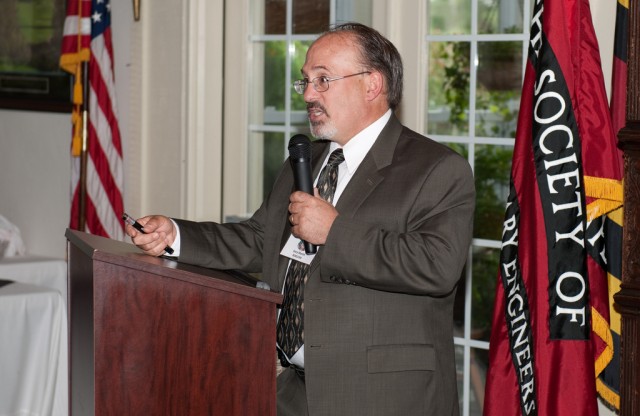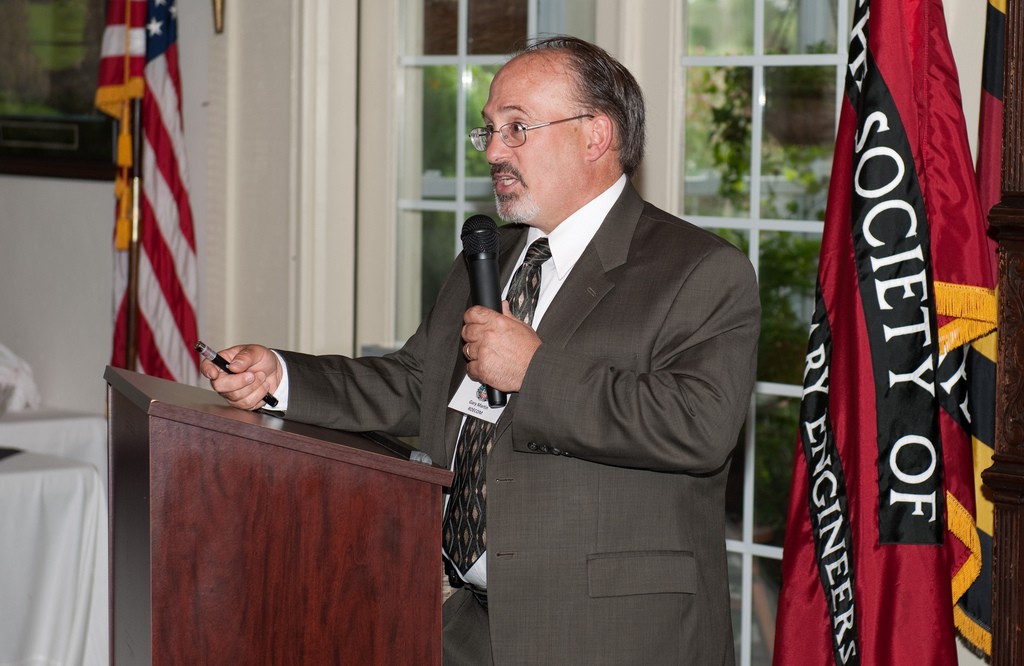ABERDEEN, Md. -- Aberdeen Proving Ground needs a robust strategy to fill the large number of job openings expected in the next five years, a senior installation executive said May 19.
Within five years, 45 percent of the APG workforce is eligible for retirement, said Gary Martin, executive deputy to the commanding general, U.S. Army Research, Development and Engineering Command.
"We need a strategy for people, not just a strategy for mission. You can't get the job done without people," he said. "My concern is what we do for the long haul. How do we keep the extended pipeline of people available'"
Martin spoke before the local chapter of the Society of American Military Engineers at Wetlands Golf Club. He compared APG to Silicon Valley because of the influx of scientists and engineers to the area.
"APG is turning into an international hub for science, technology and engineering. It's happening all around. Companies are popping up all over," Martin said. "When you look at the breadth of the missions and the extensive amount of science and engineering, there is no place that matches APG in the Army. This will be the next major innovation area for the country."
Because the Army is expanding the installation into its largest research and development center, Martin emphasized the need for local school districts and colleges to embrace the challenge of providing future scientific talent.
Martin said RDECOM has signed cooperative research and development agreements with the University of Delaware, Morgan State University and the University of Maryland within the last two years.
APG leaders are also reaching out to local school districts to strengthen their science, technology, engineering and mathematics, or STEM, programs. Martin has helped lead two STEM summits this year, with the next set for July. The summits bring together APG leaders, defense contractors, local government officials and educators.


Social Sharing